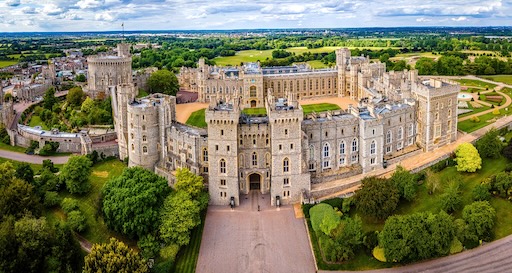
Imagine living in a castle that has survived wars, fire, and centuries of change — and still holds royal banquets today. Welcome to Windsor Castle, not just the oldest but also the largest occupied castle in the world. This isn’t a relic frozen in time; it’s a royal residence, a fortress, a chapel, and a living museum all wrapped into one stone-clad wonder.
Built for Battle, Fit for a Queen
Let’s rewind the clock to around 1070, just after William the Conqueror stomped across England. He needed a stronghold to guard the western approach to London, and thus, Windsor Castle was born — a motte-and-bailey fortress built high on a hill above the River Thames.
Over the centuries, Windsor transformed from wooden fortress to grand palace. Each monarch left their mark: King Henry III built the luxurious apartments; Edward III turned it into a Gothic fantasy; and George IV added lavish touches that turned heads. Today, it’s a favorite weekend home for the reigning monarch, a tradition that even Queen Elizabeth II upheld for most of her life.
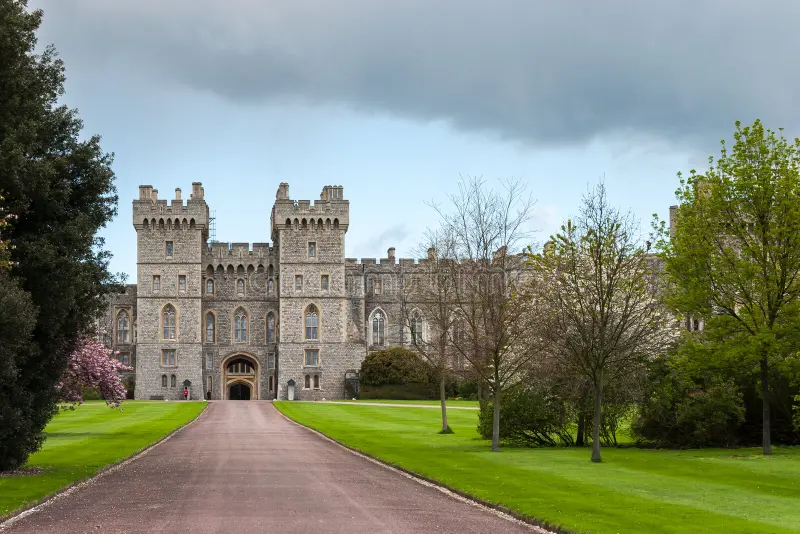
A Fortress Full of Firsts
Windsor Castle is more than just royal real estate — it's a backdrop for defining moments in British history. It has withstood siege during the First Barons’ War, hosted the Order of the Garter since 1348, and served as a royal refuge during World War II (yes, young Princess Elizabeth took shelter here).
In 1992, the castle faced a devastating fire that raged for 15 hours. It gutted over 100 rooms, including the opulent St George’s Hall. But in true royal fashion, it rose from the ashes, restored with even more grandeur than before.
Inside the Castle: Gilded Halls and Sacred Spaces
Step inside Windsor Castle and you’ll find yourself wandering through baroque state rooms, art-filled corridors, and cozy chambers that once hosted kings, queens, and foreign dignitaries. The State Apartments are jaw-droppingly regal — imagine ceilings with golden vines and walls hung with paintings by Rubens and Van Dyck.
But perhaps the most awe-inspiring space is St George’s Chapel — a masterpiece of English Gothic architecture. This is where Prince Harry and Meghan Markle said “I do,” and where many monarchs, including Henry VIII and Queen Elizabeth II, now rest.
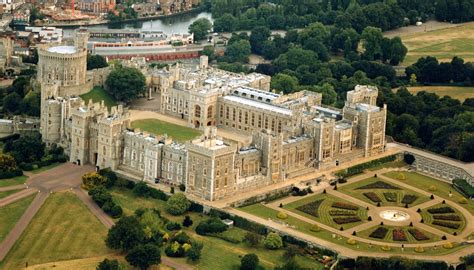
Meet the Guards: Changing of the Guard at Windsor
Think Buckingham Palace has the monopoly on pomp and ceremony? Think again. Windsor Castle also hosts the famous Changing of the Guard. Marching soldiers in bearskin hats, synchronized footsteps, and the sounds of military brass echoing through the castle grounds — it’s British pageantry at its finest.
Visitors often line up along the Lower Ward to catch a glimpse of this time-honored tradition. It’s both a security detail and a show, blending real military precision with centuries-old ritual.
Why Windsor Still Matters
In a world of modern skyscrapers and digital kingdoms, Windsor Castle reminds us that history isn’t a museum — it’s still being lived. When Queen Elizabeth II passed away, it was in Windsor where the world watched her final journey. It is here that the legacy continues, in banquets, ceremonies, and quiet royal weekends.
Visiting Windsor Castle isn’t just a photo op. It’s a walk through 950 years of monarchy, myth, and magnificence. Whether you're a royal watcher, a medieval history buff, or just someone who appreciates a good stone wall, this is one British wonder that never goes out of style.
So next time you're near Berkshire, trade the city noise for castle walls, and step into the timeless world of Windsor. You just might feel the echo of a thousand royal footsteps under yours.
Share this story and inspire others.
Tags: Windsor Castle, British monarchy, royal residence, UK castles, historical places in England, Queen Elizabeth, Berkshire landmarks
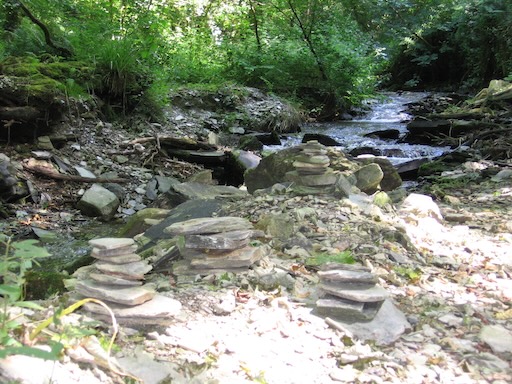 St. Nectan’s Glen – A Hidden Waterfall Steeped in Celtic Legend
St. Nectan’s Glen – A Hidden Waterfall Steeped in Celtic Legend
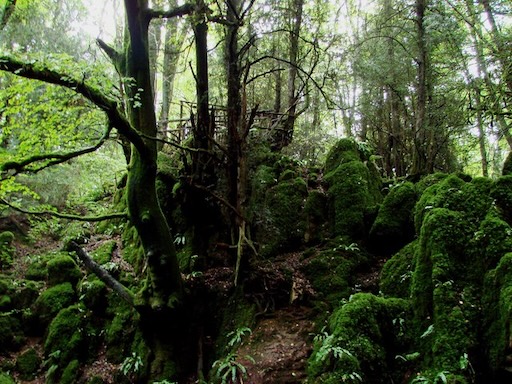 Puzzlewood – A Real-Life Fantasy Forest in Gloucestershire
Puzzlewood – A Real-Life Fantasy Forest in Gloucestershire
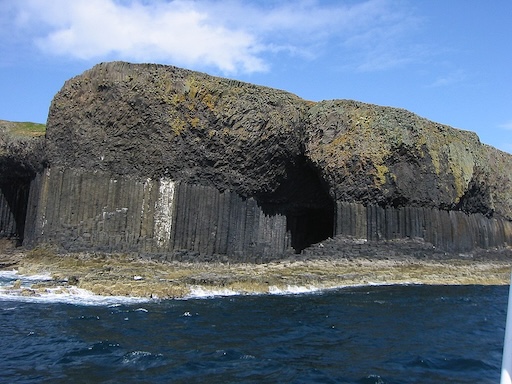 Fingal’s Cave – Scotland’s Singing Sea Cathedral of Stone
Fingal’s Cave – Scotland’s Singing Sea Cathedral of Stone
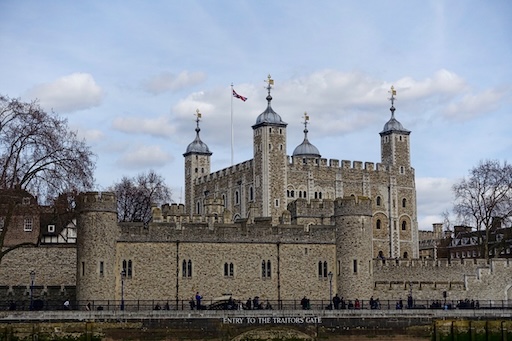 Tower of London – The Fortress That Guards History
Tower of London – The Fortress That Guards History
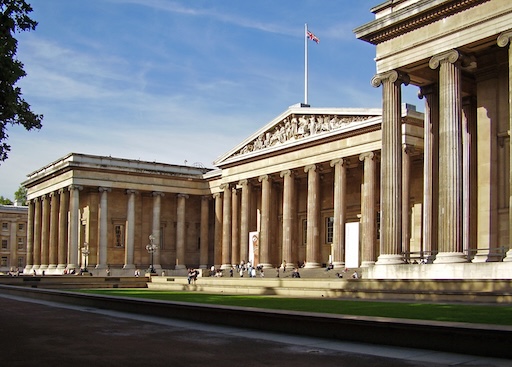 The British Museum – Where the World’s Treasures Come to Stay
The British Museum – Where the World’s Treasures Come to Stay
 Alnwick Castle – Where Magic Meets Medieval Might
Alnwick Castle – Where Magic Meets Medieval Might
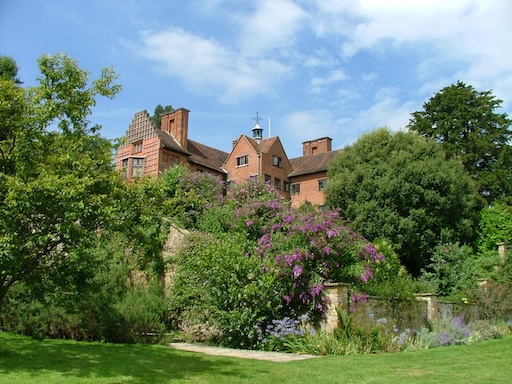 Chartwell House – Where Churchill’s Spirit Still Walks the Halls
Chartwell House – Where Churchill’s Spirit Still Walks the Halls